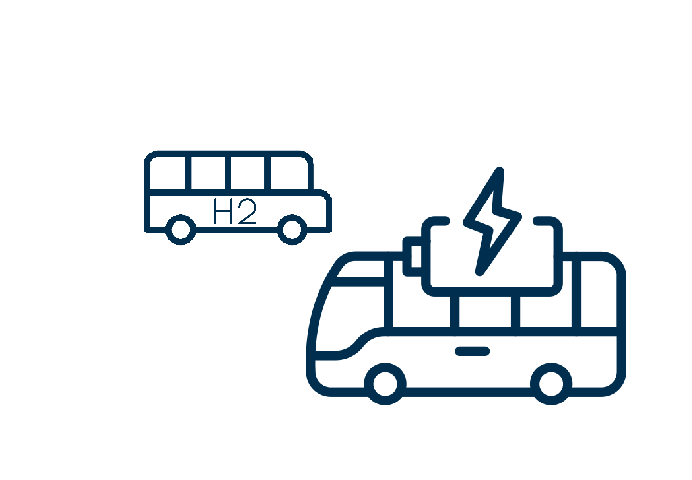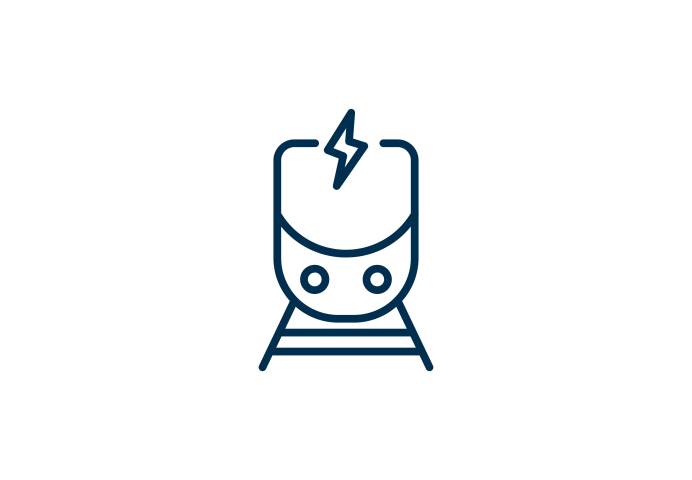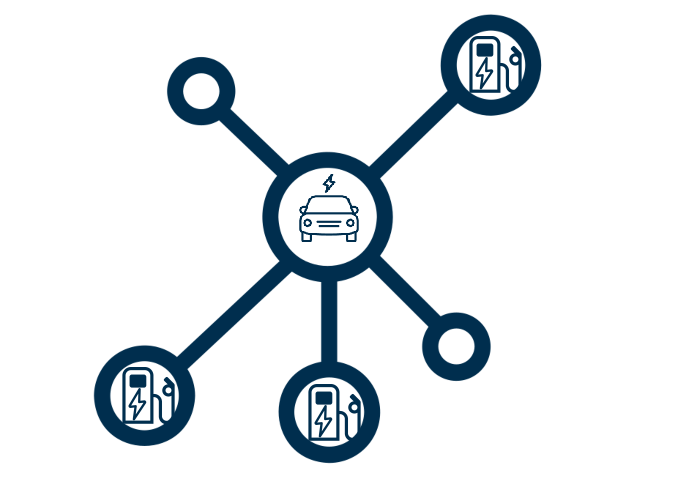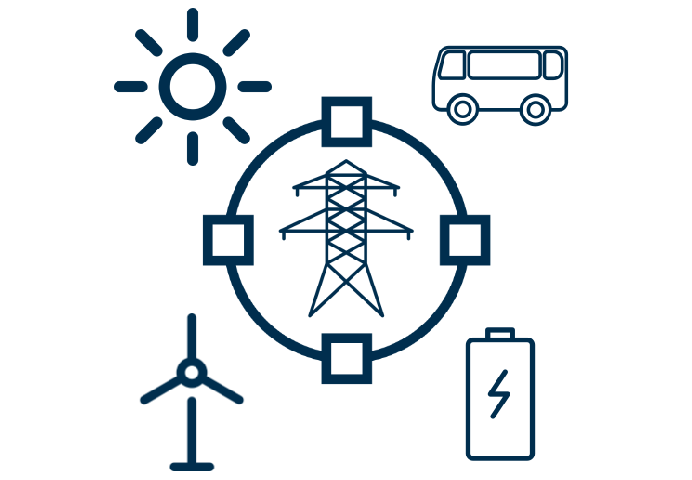Mobility with Renewable Energy
In the Research Unit Mobility with Renewable Energy at RLI, we conduct research at the interface of sustainable drive systems and renewable power generation. The transport sector contributes a large share to global greenhouse gas emissions through gasoline and diesel vehicles. Fine dust and nitrogen oxides also pollute the air in cities. The potential to reduce emissions with alternative drive systems is enormous, provided that the basic supply comes from renewable energy sources.
Our Unit develops sustainable mobility concepts for cities and municipalities as well as for private and municipal companies – for example, for public transport, municipal utilities, waste management, or housing companies. We support these players in implementing the concepts by developing catalogs of measures and implementation strategies with the help of strategy workshops, potential analyses, and other tools. We see the technical solution for tomorrow's transport in both battery and hydrogen-electric drives – from an energy system perspective, a combination of both would be ideal. We are planning charging infrastructure and developing concepts for fleets of hydrogen and battery vehicles.
The Unit also analyzes and optimizes mobility-related energy systems using simulation methods. These can be, for example, smart grids, fast charging stations, or hydrogen fueling stations with on-site electrolysis from renewable energy. Our simulation tools make it possible to optimally design plants in advance or to increase the efficiency of existing plants. Our partners are often infrastructure operators, federal authorities, cities, and industrial companies.




